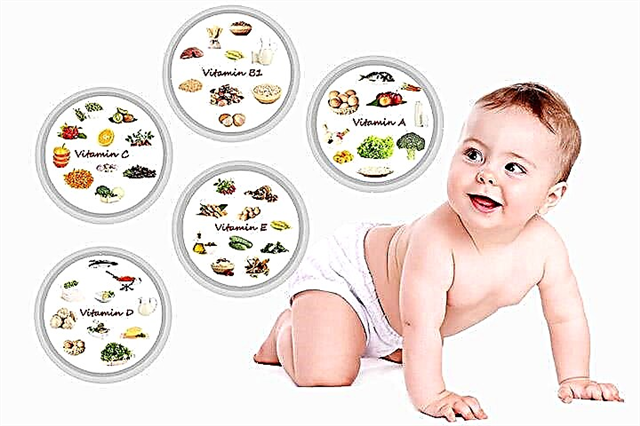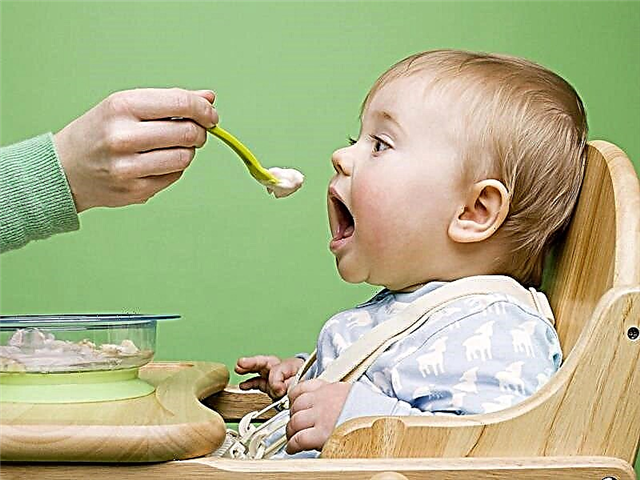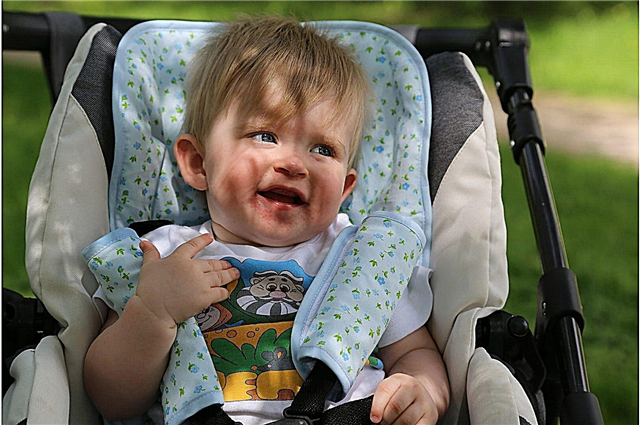Introducing the first complementary foods is a very painstaking job. It is necessary to carefully think over the first dishes of the baby, monitor their quality. Meat is a product that contains one of the main building blocks, namely protein. How to choose meat for the first feeding, at what age should meat puree be introduced? Our article is devoted to these and many other questions.
What is the use of meat?
- Baby meat is the main source of animal protein. Moreover, vegetable protein is much inferior to animal protein in terms of its quality characteristics.
- This complementary food is rich in microelements - phosphorus, copper, iodine.
Iron from meat dishes is absorbed much better thanfrom vegetable.
- When teeth appear, it is important for a baby to develop chewing skills, so meat is the main assistant in this.
- The high content of vitamins of group B, PP, E is also important.
After the first six months of life, the child needs additional trace elements and protein. Of course, breast milk contains all of the above nutrients, but as the body grows, the baby requires more than just milk.
The introduction of meat into complementary foods is an excellent supplement to the diet and covers the increased energy costs.
Meat complementary foods are divided into three groups:
- meat-based;
- on a meat and vegetable basis;
- vegetable-based with the addition of meat.
The last two groups of complementary foods, as their name implies, include vegetables or cereals in addition to meat itself. These additives improve the taste of the meat puree and help to diversify the baby's diet. In addition, vegetables (due to vitamin C and organic acids contained in them) facilitate the absorption of iron contained in meat.
At what age can babies be given meat?
Meat complementary foods should be started between 6 and 8 months. This is exactly the age when it is physiologically justified to introduce meat into complementary foods. Remember, a newborn baby does not need meat.
This is due to the fact that meat for children under one year old is not the first course, but follows vegetables. As a rule, two months after the vegetables and the meat dish is introduced.

Accordingly, at 8 months, meat should be given to children who received their first complementary foods at 6 months. At six months, meat can be started if the first complementary feeding happened at 4 months.
If the child has low hemoglobin, then this interval can be shortened.
Meat puree for babies up to 6 months is contraindicated for several reasons:
- immaturity of the digestive system. Enzymes cannot digest a heavy enough meat protein. As a result, its digestibility is very low;
- small children's kidneys will not be able to withstand a protein load that is too strong for them;
- the risk of allergic reactions.
How to introduce meat correctly?
- You should start with half a teaspoon, preferably before lunch, before breastfeeding.
- Increase the amount of meat puree gradually, one teaspoon per day.
- The quality of the meat dish must be excellent: valid expiration date, served warm, preferably prepared on the day of serving.
Up to 9 months, while the child still has few teeth, homogeneous meat puree should be given.
- You can start your acquaintance with meat delicacies by adding them to vegetable dishes or diluting them with breast milk.
How often and how much meat to give to the child?
- from six months to 7 months - up to 20 grams per day;
- from 10 months - up to 70 grams (this is about 15 teaspoons);
- after a year, you can give the child one steam cutlet or meatball.
Meat dishes should not be present in the child's menu every day, it is enough 4 - 5 times a week, 1 time a day.
What meat should I start with?
- Beef. Rich in protein and iron. A fairly low-fat variety of meat. Available for many families by price criteria. Of course, it's better to start complementary foods with it.
If the child is allergic, it is better not to start with beef, a rabbit or a turkey comes to the rescue.
- Rabbit, turkey. They are characterized by low calorie content, low fat content, practically do not cause allergies. But they have a fairly high cost, up to 400 - 500 rubles per kilogram. And rabbit meat is quite difficult to buy in its natural form.
- Hen.
If a child is allergic to the protein of a chicken egg, then we never start complementary foods with chicken. It has a fairly low calorie content (in particular, breast), but no less allergenic.
- Pork, is known to have sufficient fat content and is suitable for babies after a year.
Allergists in recent years have been advising to start feeding allergic children with pork.
- Horsemeat. Rich in protein, but very difficult to find on the market. Suitable for a hypoallergenic menu.
- Mutton. Very fatty meat, recommended after 10 months.
- Goose and duck. These meat dishes contain refractory fats that are difficult for a child's body to digest. For this reason, up to three years old, goose and duck are excluded.
How to cook meat yourself?
Cooking meat for babies is difficult, but quite doable task:
- first, choose the type of meat. It is better to buy meat in proven markets, in stores, or to purchase homemade meat from trusted suppliers. It should not be windy and have foreign odors;
- meat should be rinsed under running water, remove films, cartilage, excess fat;
- place in an enamel bowl and boil until tender. On average, beef, pork is cooked for 2 hours, goose, duck - up to 4 hours;
- pass the boiled meat through a meat grinder.
How to prepare meat puree for crumbs?
 The boiled meat must be passed through a blender and then through a sieve. In fact, the algorithm is the same as for minced meat, only the mashed potatoes should be more uniform in weight.
The boiled meat must be passed through a blender and then through a sieve. In fact, the algorithm is the same as for minced meat, only the mashed potatoes should be more uniform in weight.
For up to 10 months, meat puree should be homogeneous.
It is necessary to add ½ - 1 teaspoon of vegetable oil to ready-made meat puree of your own preparation.
For children over 10 months old, you can cook meatballs or steamed cutlets - after a year. Ready minced meat can be frozen in the freezer.
It is not recommended to store boiled meat for baby food in the refrigerator for more than a day.
It is not recommended to add pepper, spices, salt to meat puree. This can distort the taste of the meat dish, the child may refuse to eat it.
How to choose meat puree for complementary foods?
Store baby food has several advantages:
- quality control of baby food;
- lack of preservatives, dyes;
- the composition of trace elements corresponds to age-related needs.
Popular brands of meat purees for children
- "Babushkino Lukoshko" has a fairly low price compared to others. There are multicomponent meat purees;
- Heinz, Agusha, Frutonyanya - many brands that are available on the market differ only in price. In terms of quality composition, they undergo thorough processing and control.
Meat puree for the first complementary feeding should be chosen only by mother and baby. For the first time, Heinz baby rabbit puree is perfect.
Meat broth, offal
Meat broth contains extractives, nitrogenous compounds, glucose, lactic acid. Thanks to these substances, appetite improves, the work of the pancreas is activated. The broth also has a beneficial effect on the development of the child's nervous system.
But it should be well remembered that the early introduction of meat broth into complementary foods for a child (up to 1 year) can lead to the following troubles:
- the development of allergic reactions;
- purine compounds can lead to overexcitation of the nervous system;
- uric acid after its splitting can settle in the form of crystals in the kidneys and joints.
The introduction of broth into the diet should occur gradually, starting with ½ teaspoon, then bring the volume to 100 ml. Meat broths can be served at lunch, as a variant of the first course, but not more often than 1 - 2 times a week.
By-products (heart, liver, tongue) have a fairly rich microelement composition. In the liver, especially beef, there is a lot of vitamin A, B, iron. It is better to insert the liver after the first birthday, give no more than once a week. Before preparing liver pate, it is better to soak the liver in milk, remove the skin and boil.
There are a lot of B vitamins and iron in the heart. The heart can be given from 9 months of age.
With an allergic mood, it is better to refuse offal before 2 years of age.
The meat diet includes a wide variety of dishes. And the baby will undoubtedly like the taste of mashed potatoes, and then meat patties. Proper heat treatment will preserve the baby's healthy digestive system, thereby ensuring proper growth and development.
Article rating:



